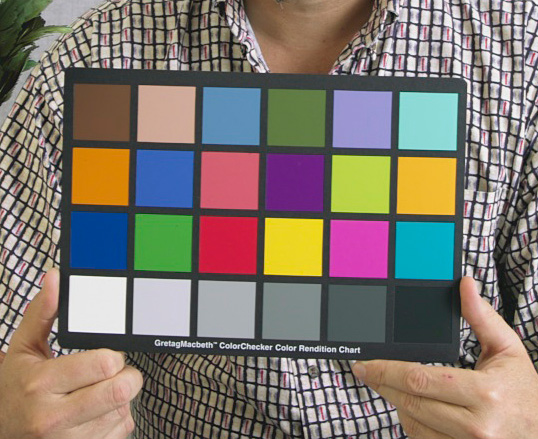Color grading, or color timing, is the process of adjusting the color balance and exposure of footage. The shots that make up a show can be corrected so that they all have similar characteristics.
Footage can be corrected for natural skin tones. Different shots can be adjusted so that exposure levels go together well. Video shot with incorrect white balance can be corrected. When shots are edited together, color can be adjusted to emphasize or suppress the transition between shots. For example, a shot cutting between a daylit exterior and an incandescent lit interior will have a jarring color shift from bluish to orange. The interior shot can be balanced more to blue so that the transition is more subtle. Saturation and shadow detail can be manipulated; shadows can be 'crushed' to increase contrast and remove detail. A bleach bypass process effectively prints a black and white version of an image over top of a desaturated version of the original.
Color and light manipulation is best done on set. Ideally, you'll shoot something like the Gretag-Macbeth color checker to aid the grading process by having a standard reference.

Color grading can be used as a story telling tool. A shot involving a character leaving an airplane for a bright environment might have the second shot balanced to emphasize the shock of going outside. A nostalgic scene may have a sepia tint. Colors may be desaturated in a sequence to make the feeling a bit unreal. A red tint might be introduced to communicate tension. If a movie has two timelines, one in the present, and one in the past, all the shots in the past might be graded in a different way as a subtle cue to the viewer as to which timeline they're viewing.
For further reading and practical examples, I highly recommend this article: http://digitalfilms.wordpress.com/2009/12/05/color-grading-effects-demystified/